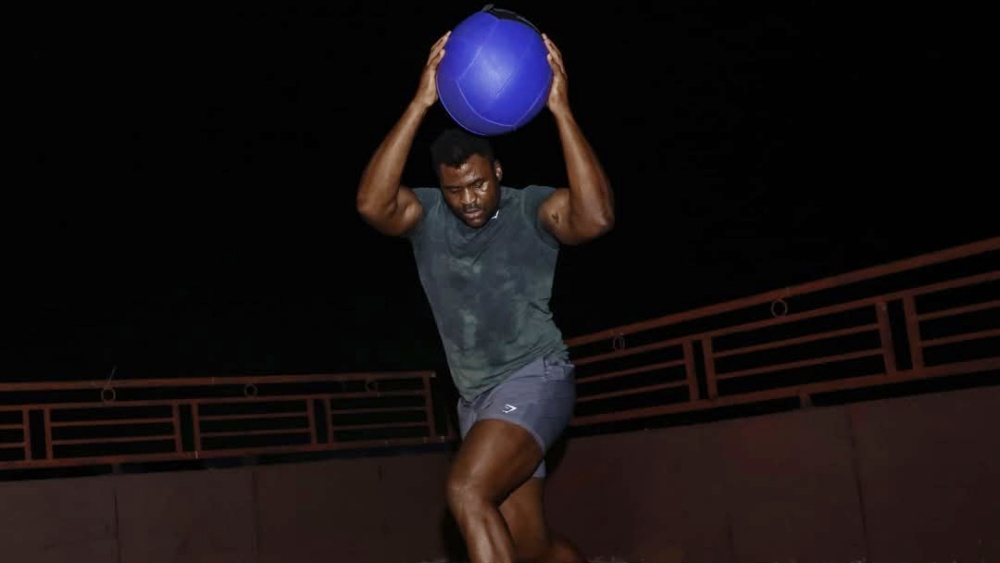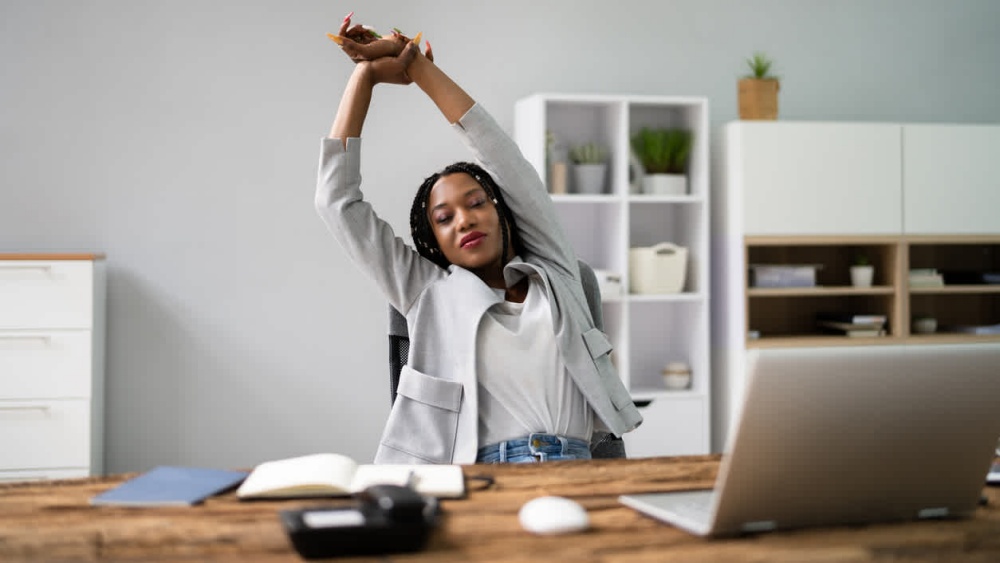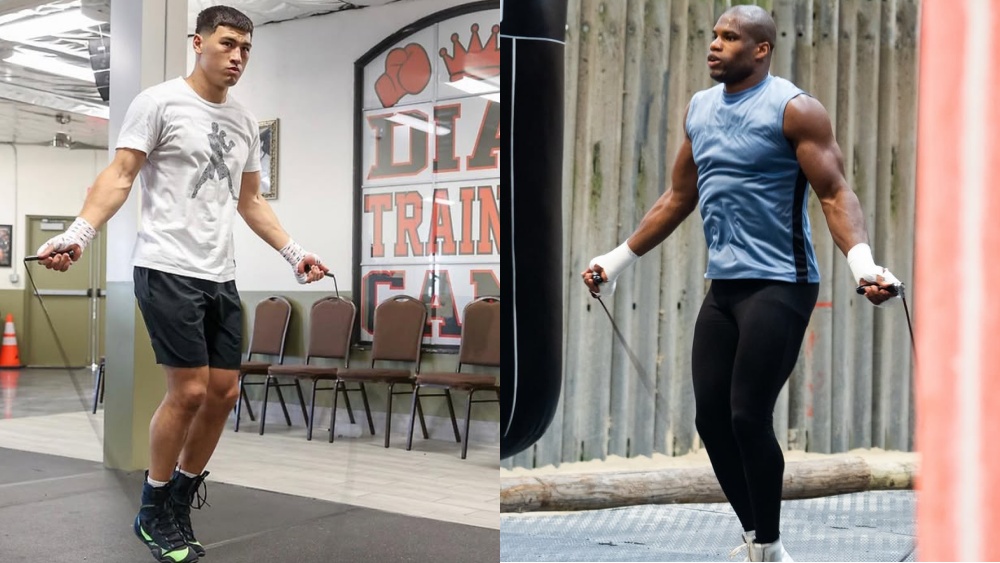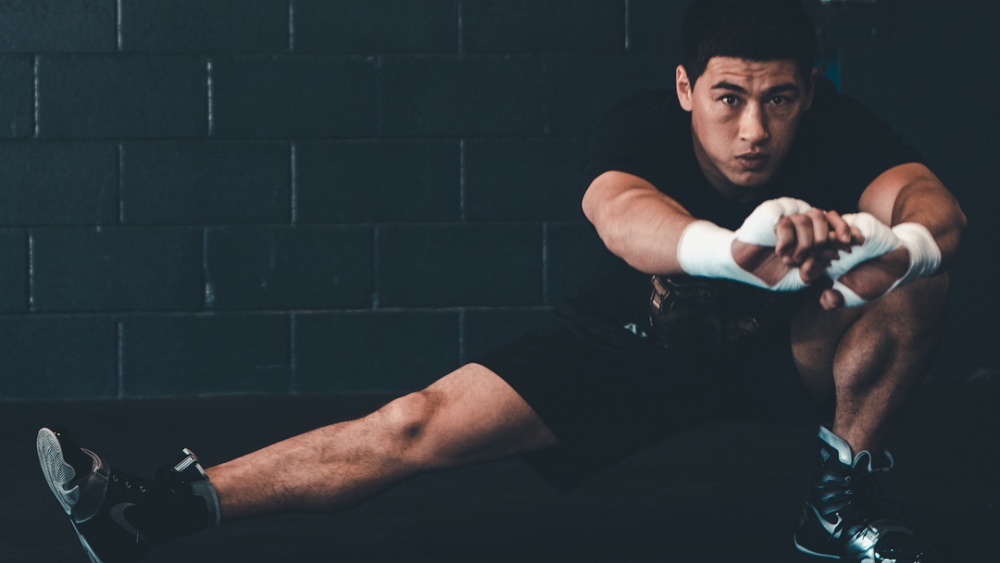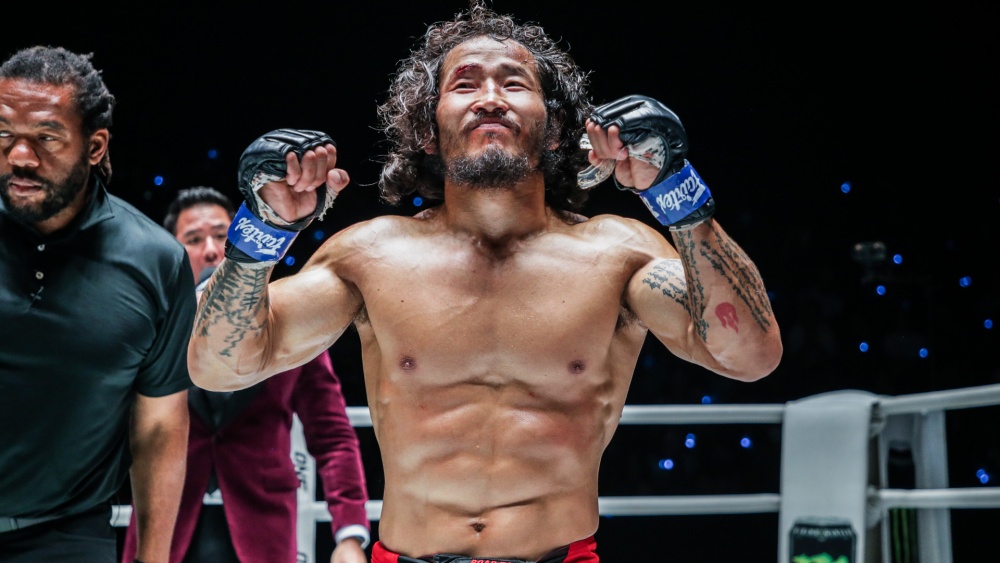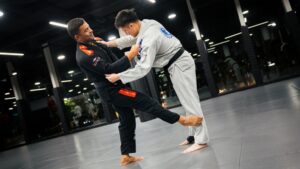Your core is a column of muscles that links your lower and upper body. Having a strong core is the foundation for all physical movements. All movements you perform engage your back and abdominal muscles to support your spine. Your core muscles are engaged whenever your exercise, pick things up, bend over, stand, or sit.
The muscles that make up your core include the transverse abdominis, the multifidus (lower back muscle), and the obliques. However, many core exercises neglect the obliques, so you often have to target them specifically to give them a good workout.
Your six-pack won’t be complete if you only perform exercises like leg raises, sit-ups, and crunches. These exercises are great for your abdominal muscles but don’t target your obliques. The obliques are essential muscles that help with rotation and improve your ability to resist rotation. Strong oblique muscles allow you to perform more athletic movements, and they look great aesthetically.
Your obliques are one of the four main muscles that make up your abdominal region: rectus abdominis, transverse abdominis, internal obliques, and external obliques. The internal and external oblique muscles sit next to each other and work contralaterally.
Importance Of The Oblique Muscles
Let’s take a look at some of the core functions of your oblique muscles:
1) Helps With Rotation Of The Core

The obliques control rotational movements in your core. Anytime you rotate your torso, your obliques are primarily responsible for the movement. They do this by working contralaterally with each other. For example, if you want to rotate in a counterclockwise motion, your left external obliques work with your right internal oblique to power the movement.
2) Obliques Help To Resist Rotational Forces
Your obliques help to keep your upper body stable when external forces try to rotate it. We regularly interact with things that would rotate our bodies if we didn’t have obliques to stabilize us. For example, trying to pull a heavy door would lead to you pulling yourself into it if you didn’t have obliques to stabilize you.
Being able to resist rotational forces becomes even more critical if you’re an athlete. A strong core that can resist rotational forces protects your internal organs and spine from injuries when engaged in contact sports.
3) Assists With Core Stability
Your oblique muscles provide core stability by engaging simultaneously to provide a stabilizing force. This occurs whenever you move, even when you’re strolling. It should be noted that your obliques aren’t the only muscles that help to stabilize your core. Other muscles in your abdominal region also have a stabilizing effect.
Build Your Obliques With These Ten Exercises
Now that we’ve gone over the importance of your oblique muscles, let’s go over some exercises you can use to target them:
1) Suitcase Carry
Here’s a simple exercise that isolates your obliques as it forces them to keep your body balanced as a heavy object pulls one side of your body down. The simple exercise involves carrying a heavy object in one hand and walking for a set amount of time or distance. Here’s what it looks like:
- Stand next to a weight with a handle. You can use a suitcase or bag packed with heavy items if you don’t have any weights around.
- Pick up the weight by bending at your knees and returning to an upright position.
- Start walking for the desired amount of time or distance. Keep your head up, and your waist erect as you walk. Switch hands and do the same with your other arm.
2) Farmer’s Carry
Farmer’s carries are another effective exercise for your obliques. They also help to improve your conditioning and overall muscle strength. It targets most of the muscles in your body but is a low-impact exercise. It involves simply picking up two heavy objects like kettlebells in each hand and walking a set distance or length of time. It’s like the suitcase carry, but using both hands simultaneously.
A simple trick you can use to target your obliques is carrying items of varying weight in your hands. This forces your obliques to work harder to keep your body balanced. You can switch hands after each walk to balance your training.
Here’s what it looks like:
- Stand between the two items you’ll be using as weights. Kettlebells and dumbbells work great.
- Bend at your knees and grab the objects. Return to an upright position.
- Walk for a set amount of time or distance while keeping your movement controlled and your spine erect. Also, keep your shoulders pulled back and your head up as you walk. Allowing your head to go down leads to your shoulders being pulled back. Aim for about three sets.
3) Woodchoppers
Woodchoppers are a fun exercise that give you obliques an incredible workout. The exercise mimics the motion used if you were chopping wood down. Here’s what it looks like:
- The most effective way to perform this exercise is with a cable system, but resistance bands are a close second.
- Set the cable so it’s above your head.
- Stand in front of the cable system about an arm’s length away.
- Straighten your arms as you grab the handles with both hands.
- Allow the resistance of the cable system to pull your arms back.
- Keep your hips and toes pointing forward as your torso rotates backward. Keep rotation in your hips to a minimum.
- With your arms straight, rotate the resistance from the cable machine as you push the handles downward. Rotate while using flexion to bring the handles down to the lowest point.
4) One-Arm Side Deadlift
The one-arm deadlift involves performing the same movement used for deadlifts with only one arm holding on to the weight. It engages your muscles similarly to how the suitcase carry does. It forces your obliques to work hard to keep your body balanced as you perform the movement.
The difference between this exercise and the suitcase carry is that the weight moves forward in the suitcase carry and vertically for this exercise.
Here’s what the exercise looks like:
- Set up a weight with a handle like a kettlebell or a dumbbell and get into position as if you were about to perform a deadlift. Push your hips back, so your body sinks as your grab the handle. Let your other hand to the side. This will make it easier to maintain proper form on your reps.
- Keep your shoulders slightly in front of your knees, arms just outside your knees, shin fairly vertical, and shoulders pulled back as you drive down with your legs and push yourself up.
- Return to the starting position to complete a rep. Complete the desired number of reps and switch sides.
5) Pallof Press
The Pallof press is one of the most effective exercises to target your obliques. It’s also one of the least performed exercises since most people don’t even know how to perform it. A pulley system is ideal for the exercise, but you can substitute with resistance bands if you don’t have access to a pulley. It is an anti-rotation exercise, so your obliques will work hard to keep your body straight.
Here’s what it looks like:
- Set the pulley to roughly chest height. Start with a lighter weight and work your way up as you get stronger.
- Grab the handle with both hands with your fingers interlaced and step away from the attachment point. Stand far away enough so that there is some tension in the cable.
- Pull your hands towards your chest and turn your shoulders and feet, so you are 90 degrees to the pulley system.
- Slowly press your arms out in front of you. Keep your arms at the same height to avoid dropping the weight. Press out until you fully extend your arms and pause for a few seconds.
- Slowly bring back your arms to your chest. Keep your movements slow throughout this exercise. It should take you about five seconds to complete a rep.
6) Side Crunches
You won’t need any equipment to perform this exercise. Side crunches are a variation of the conventional crunch. Instead of coming forward during your reps, your body moves laterally with your elbow moving towards your hips.
Here’s what the exercise looks like:
- Get into the starting position by laying down on the round on your side. You can keep your legs bent, straight, or in front of you as if you were sitting.
- Place the arm closest to the ground on your obliques. Feeling your muscles contract during the exercise can help to improve your concentration. Keep your other hand on your head, so your elbow points down your side.
- Crunch laterally to the side as if you’re trying to touch your hips with your elbow. Do it in a controlled manner and return to the starting position to complete a rep. Perform three sets of as many crunches as you can get. Try not to rest for longer than 20 seconds between sets.
7) Barbell Rollouts
Many fitness enthusiasts view barbell rollouts as the most effective exercise for your core. Studies show that this exercise engages every muscle in your core to their maximum capabilities. Your obliques work alongside other muscles in your core, improving your core stability.
Try to take things easy if you’ve never done this exercise before. As we mentioned, it works your core muscles in a way that most core exercises simply don’t match.
Here’s how to perform the exercise:
- Load up a barbell with plates and make sure the plates are sturdy enough to carry your weight.
- Use an overhand grip to grab the bar. Keep your hands a little more than shoulder-width apart.
- Slowly start rolling the barbell in front of you and allow your body to come forward as the barbell supports more of your weight. Keep going until you roll the barbell pass your head.
- Return to the starting position by flexing your core to pull your body back to the starting position.
8) Side Bends
Side bends are one of the more popular oblique exercises, thanks to their simplicity. They give your obliques a thorough workout, especially when performed with good form. Here’s how to perform the exercise:
- Hold a kettlebell or dumbbell in one hand and keep your other hand planted on your waist.
- Slowly allow the weight to pull your body down to the side. Get a good stretch by going as low as you can.
- Once you’ve gotten as low as you can, slowly return to the starting position. A big mistake many people make in this half of the exercise is trying to speed through the motion. Going slow makes it easier to concentrate on squeezing your core to take you back to the starting position.
- You’ve completed a rep when you’re fully erect. Don’t try to go any further since you don’t get anything out of it. Aim for three sets of as many reps as you can perform.
9) Russian Twists
Russian twists are another effective bodyweight exercise for your obliques that doesn’t require any equipment. It helps to train the rotational function of the obliques, so it’s great for athletes in sports where rotational force is used to execute techniques like boxing, Muay Thai, or baseball.
Here’s how to perform the exercise:
- Sit on the ground with your knees flexed.
- Move your torso up to make a 45-degree angle with the ground .
- Extend your arms in front of you.
- Rotate your torso from one side to the other. Rotate until you can touch the ground with your arm on the opposite side. Look in the opposite direction while touching the ground. Keep going until you reach exhaustion. Aim for three to five sets.
10) Sit-Ups Elbow Knee Taps
Here’s a modified version of the sit-up that targets all your abdominal muscles, including your obliques. Here’s what it looks like:
- Sit on the ground with your knees bent and feet flat on the floor.
- Keep both hands behind your head to support.
- Perform a sit-up bringing your torso off the ground. At the top, use your right elbow to touch your left knee.
- Return to the starting position and perform another rep, this time using your left elbow to touch your right knee. Perform three sets of as many reps as you can get.
You may also like:


